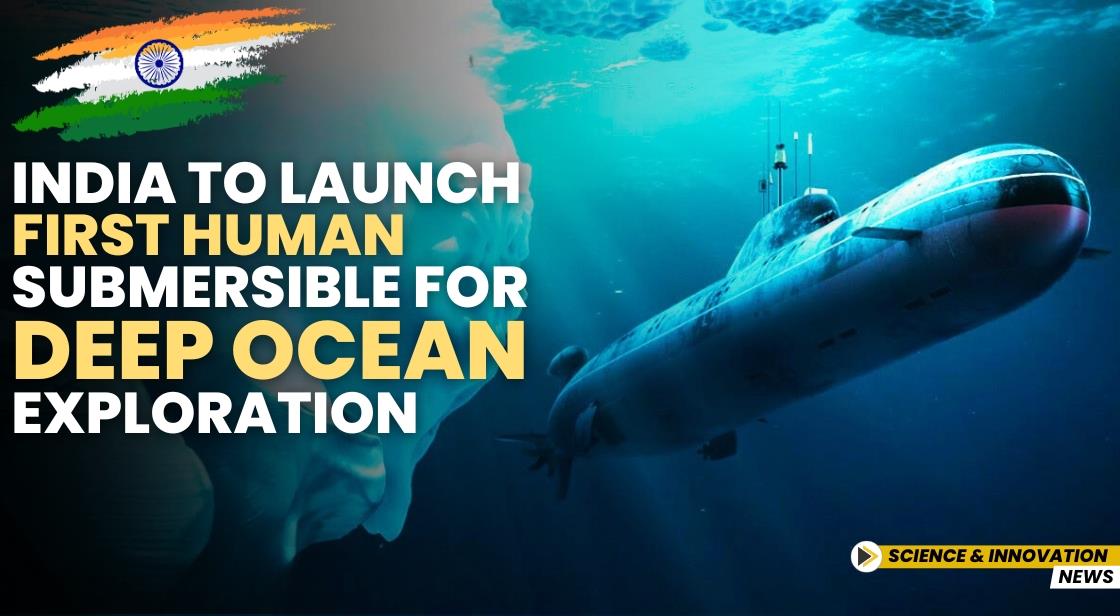India to Launch First Human Submersible for Deep Ocean Exploration

News Synopsis
India is preparing to launch its first-ever human-operated underwater submersible under the ambitious Deep Ocean Mission. Announced by Dr. Jitendra Singh, Union Minister of State for Science and Technology, this initiative is a significant leap in India's underwater exploration and technological capabilities. The submersible, initially designed to reach depths of 500 meters, is expected to be deployed later this year, with plans to extend its range to an impressive 6,000 meters by the next year.
Key Details of the Submersible Launch
During the second meeting of the Mission Steering Committee at Prithvi Bhawan, New Delhi, the submersible was revealed as a vital part of India’s commitment to exploring underwater resources. The submersible will venture into the vast, unexplored realms of the Indian Ocean to gain insight into marine ecosystems and advance scientific research.
Objectives of the Deep Ocean Mission
The Deep Ocean Mission is a multidisciplinary project with wide-ranging objectives, including:
-
Identifying critical minerals and rare metals: These resources are essential for various industrial and technological applications, making the mission critical to India’s economic growth.
-
Uncovering marine biodiversity: The mission aims to explore undiscovered deep-sea species and ecosystems, contributing to global biodiversity databases.
-
Promoting sustainable fisheries: By studying marine life in deeper waters, the mission will aid in sustainable resource management and conservation efforts.
-
Conserving marine ecosystems: It will help develop better conservation techniques for vulnerable underwater habitats.
Advancing India’s Blue Economy
The Deep Ocean Mission is also aimed at bolstering India’s blue economy, which encompasses the sustainable use of ocean resources for economic growth, improved livelihoods, and environmental health. By identifying valuable resources and advancing marine technology, the mission will play a crucial role in supporting industries like fisheries, mining, and renewable energy.
Aligning with Gaganyaan for Technological Advancements
Dr. Singh drew attention to the synergy between the Deep Ocean Mission and Gaganyaan, India’s space program, which aims to send humans into space. These dual efforts demonstrate India’s growing capabilities in extreme-environment exploration, spanning both marine and space domains.
Future Implications and Global Impact
The launch of the human-operated submersible is not only a technological milestone but also a step toward global recognition of India’s scientific expertise. The mission’s focus on sustainability and resource conservation aligns with international efforts to protect the planet while fostering innovation.
Conclusion
India's upcoming launch of its first human-operated underwater submersible under the Deep Ocean Mission marks a groundbreaking step in the nation’s scientific and technological journey. By venturing into the depths of the ocean, this mission aims to uncover valuable resources, protect marine biodiversity, and contribute significantly to the country's blue economy. The synergy between the Deep Ocean Mission and the Gaganyaan space program reflects India's growing expertise in exploring extreme environments, showcasing its commitment to innovation, sustainability, and global scientific progress. This milestone not only paves the way for advancements in marine research but also solidifies India's position as a leader in futuristic technologies.
You May Like









